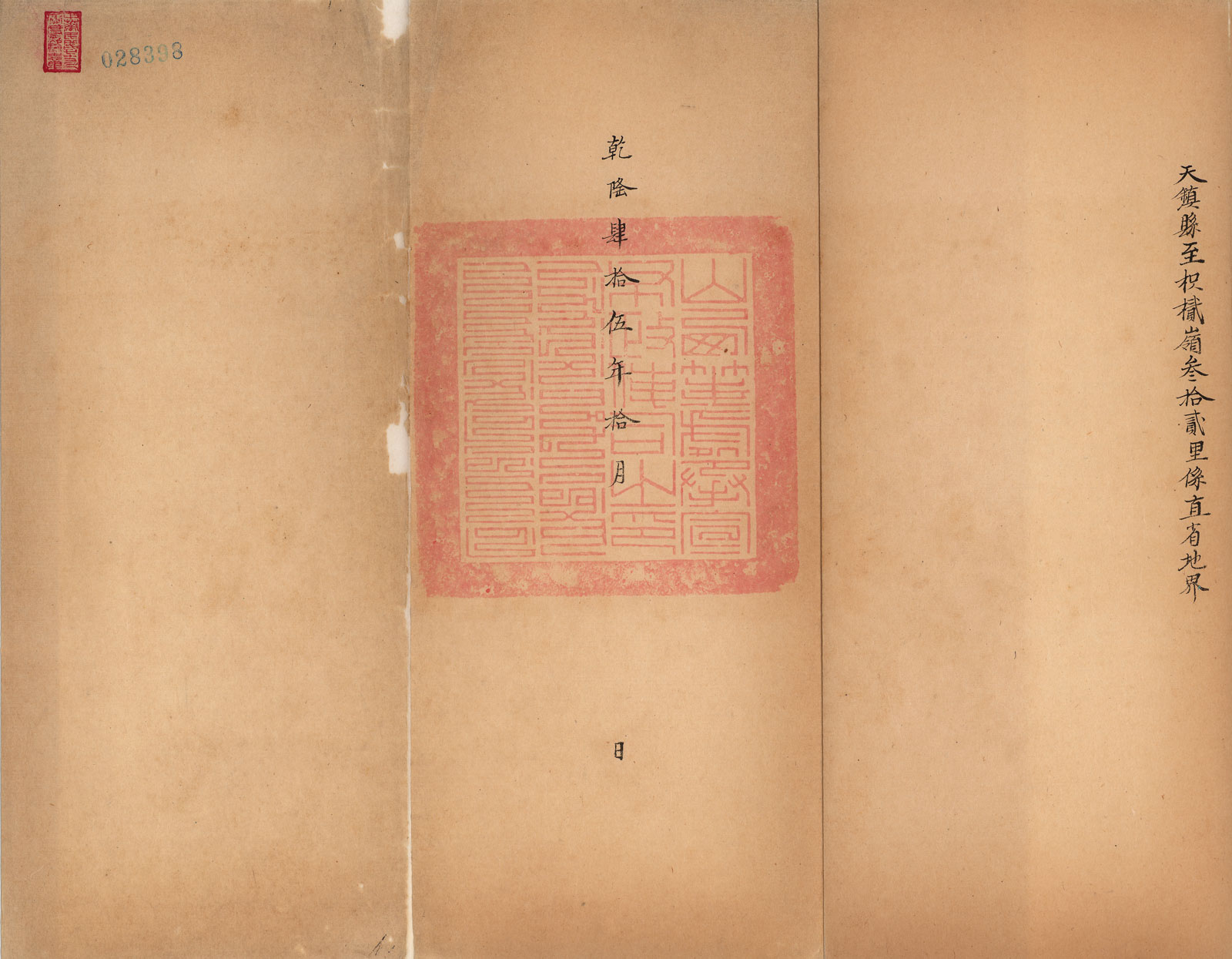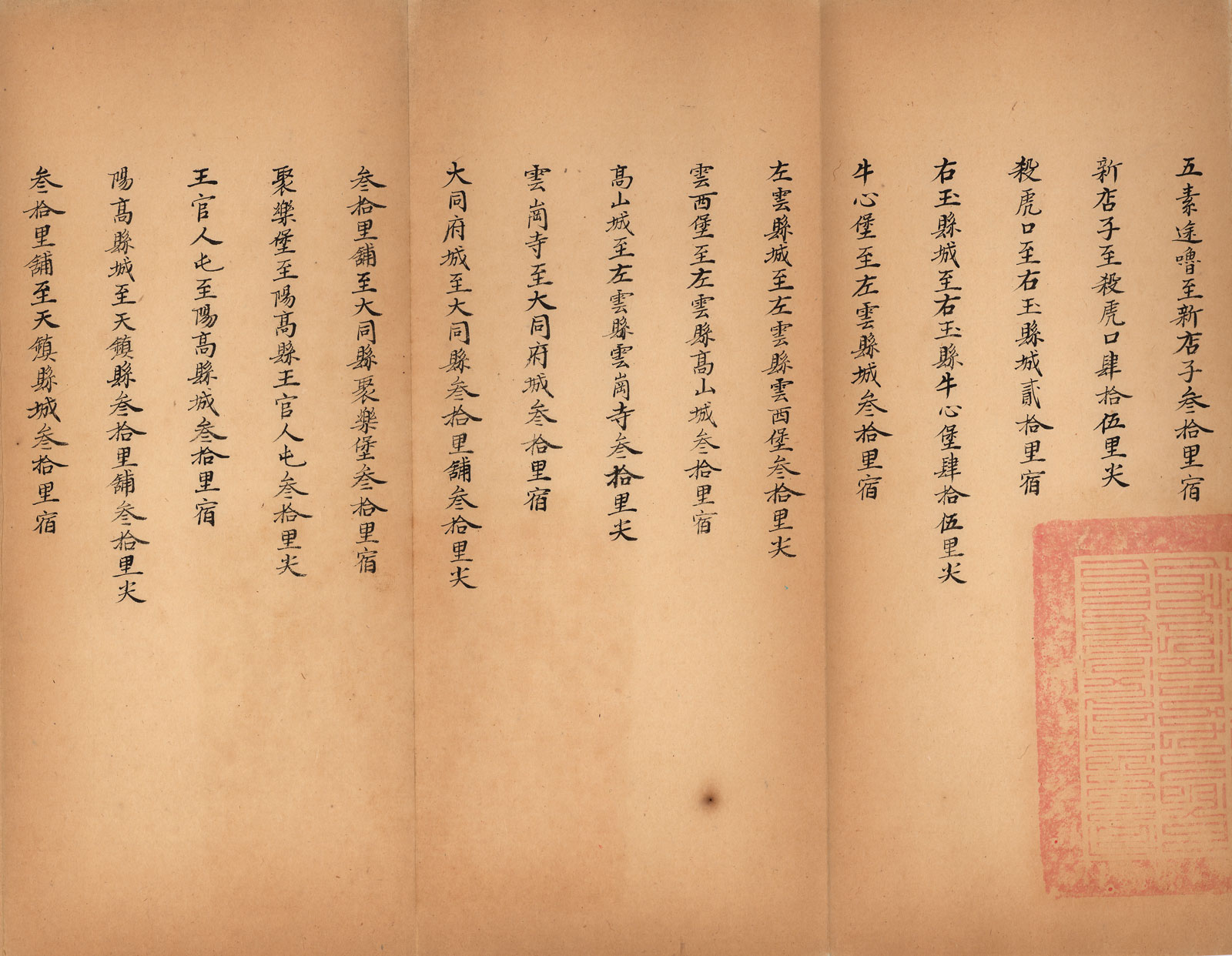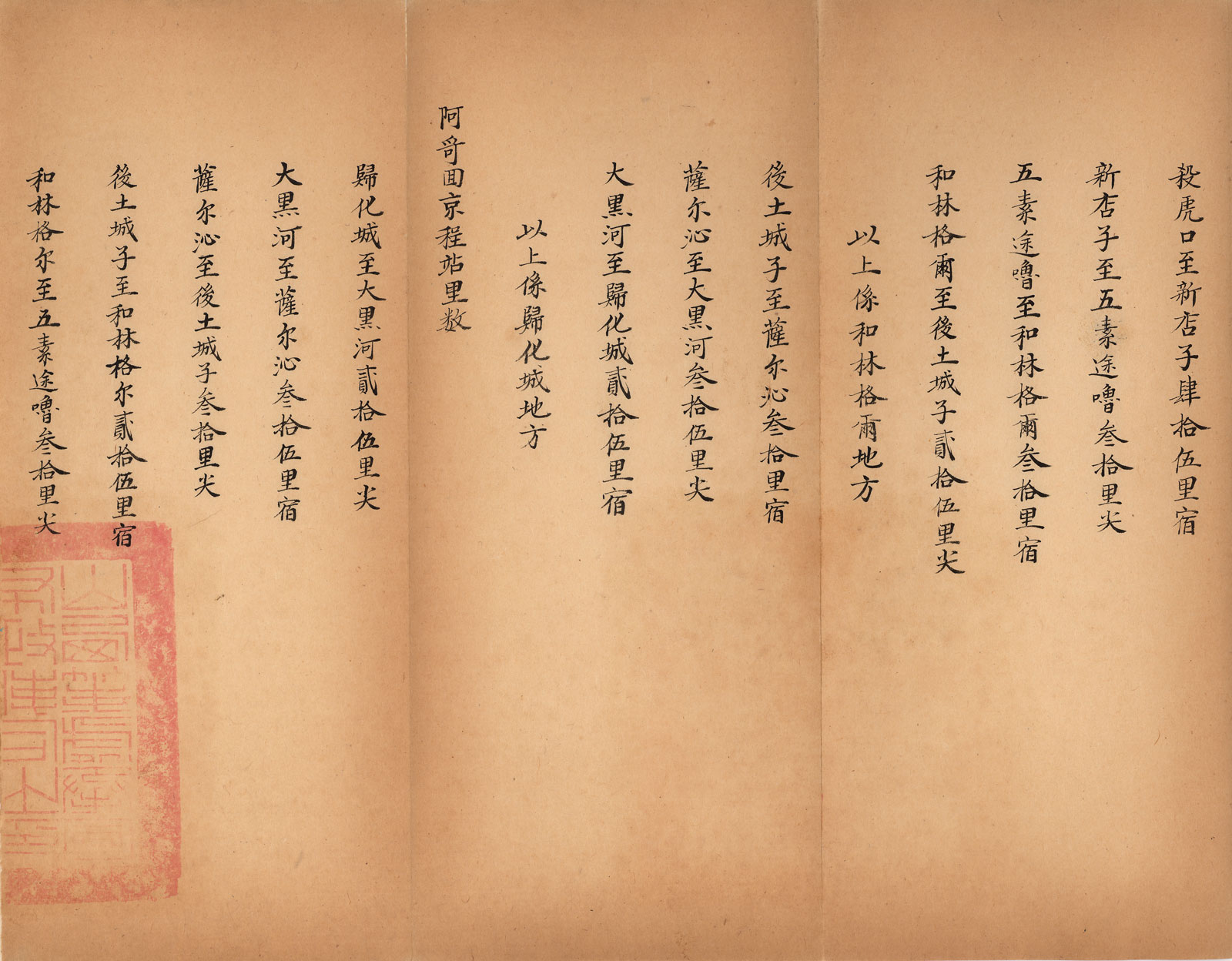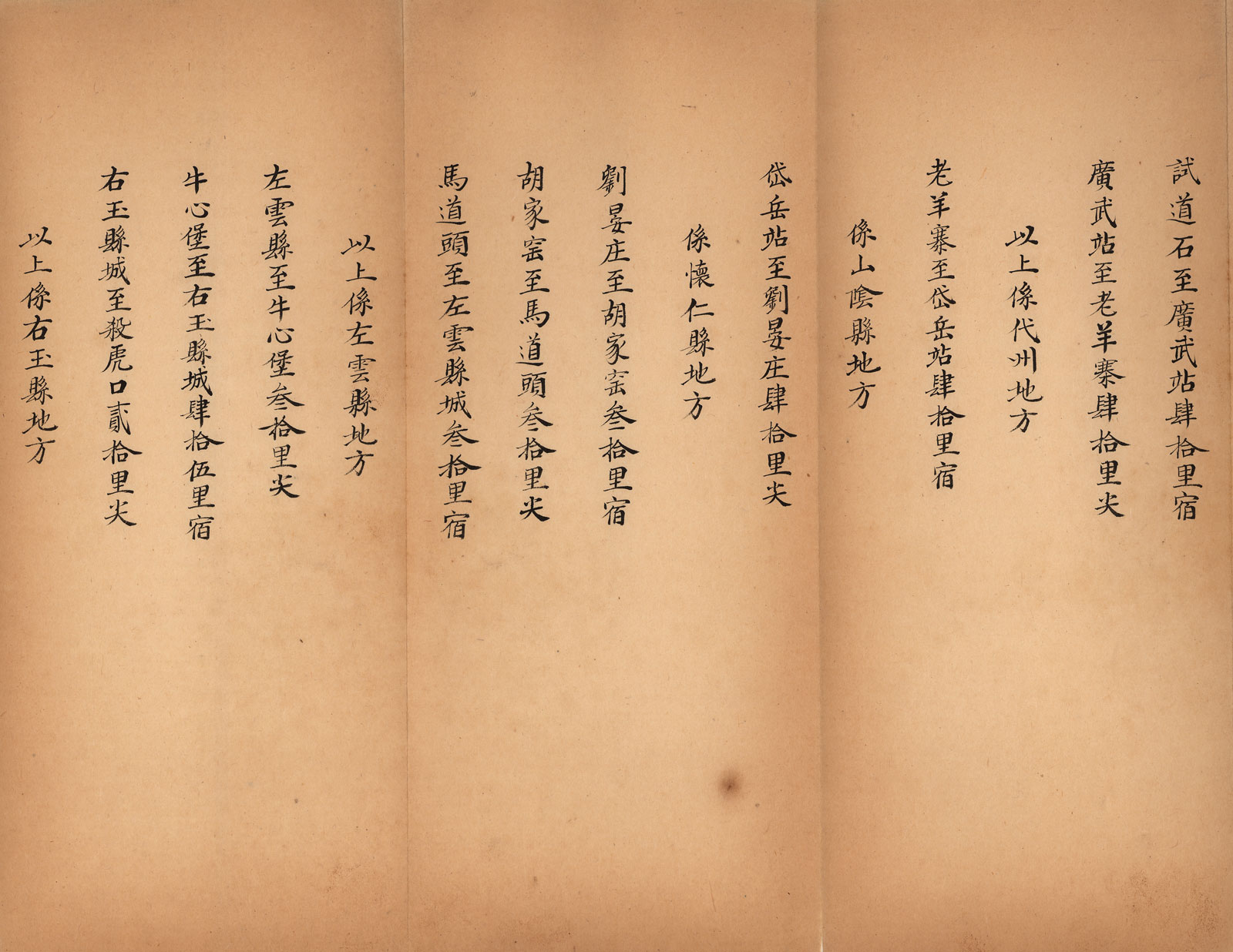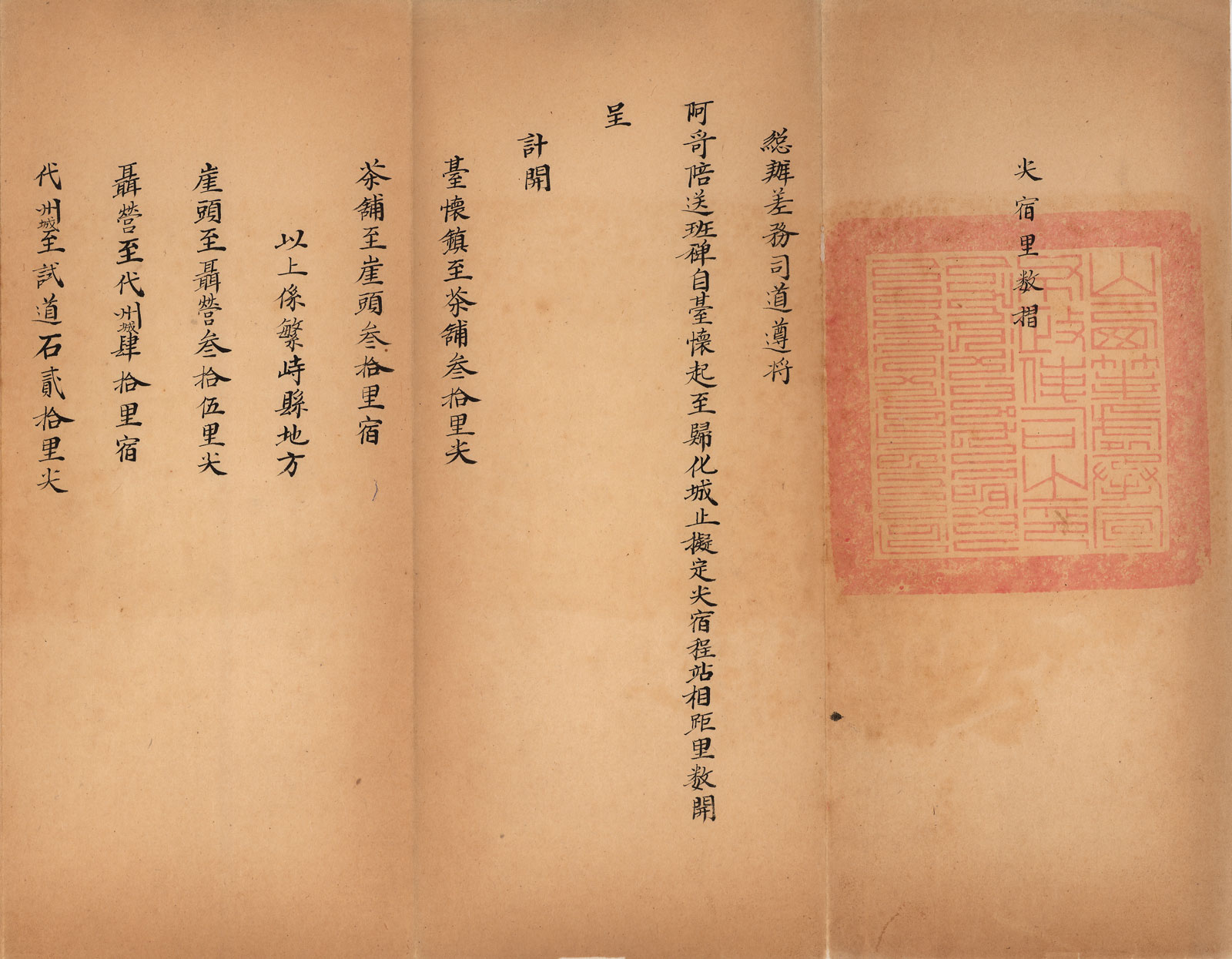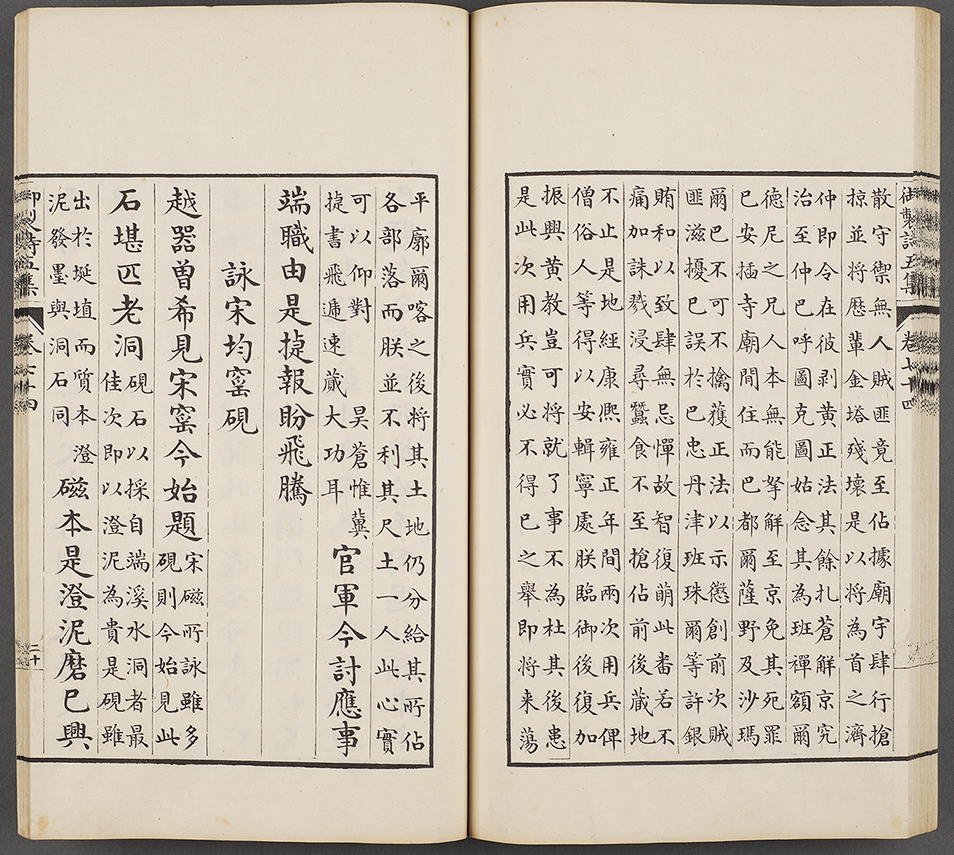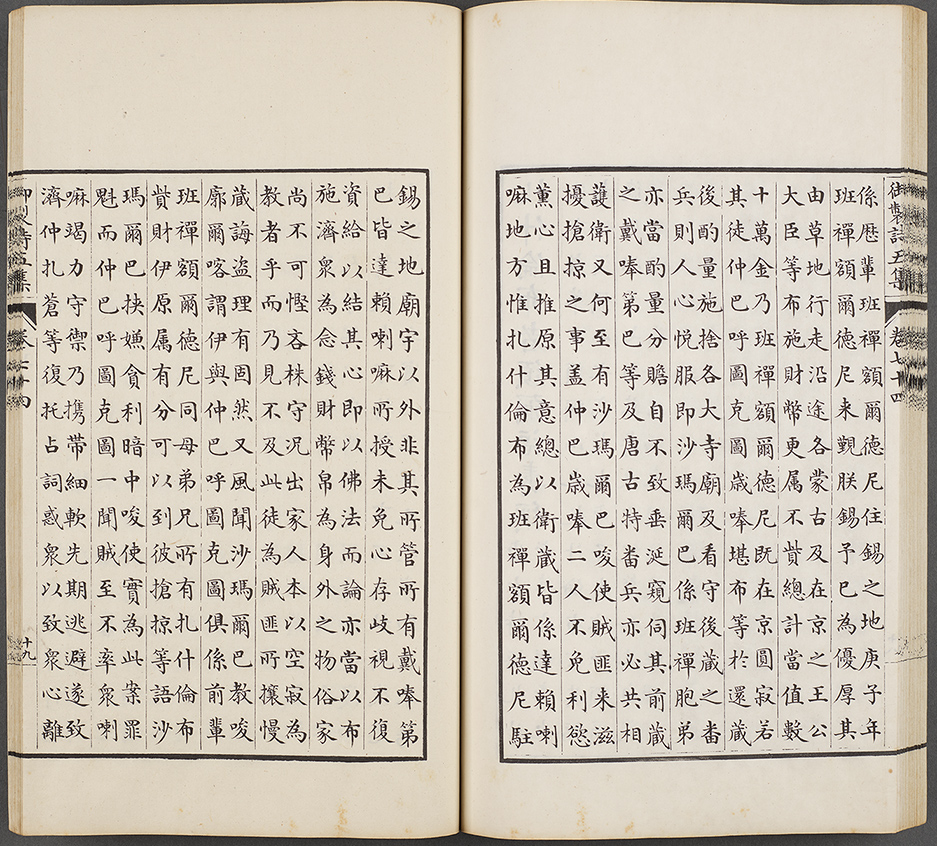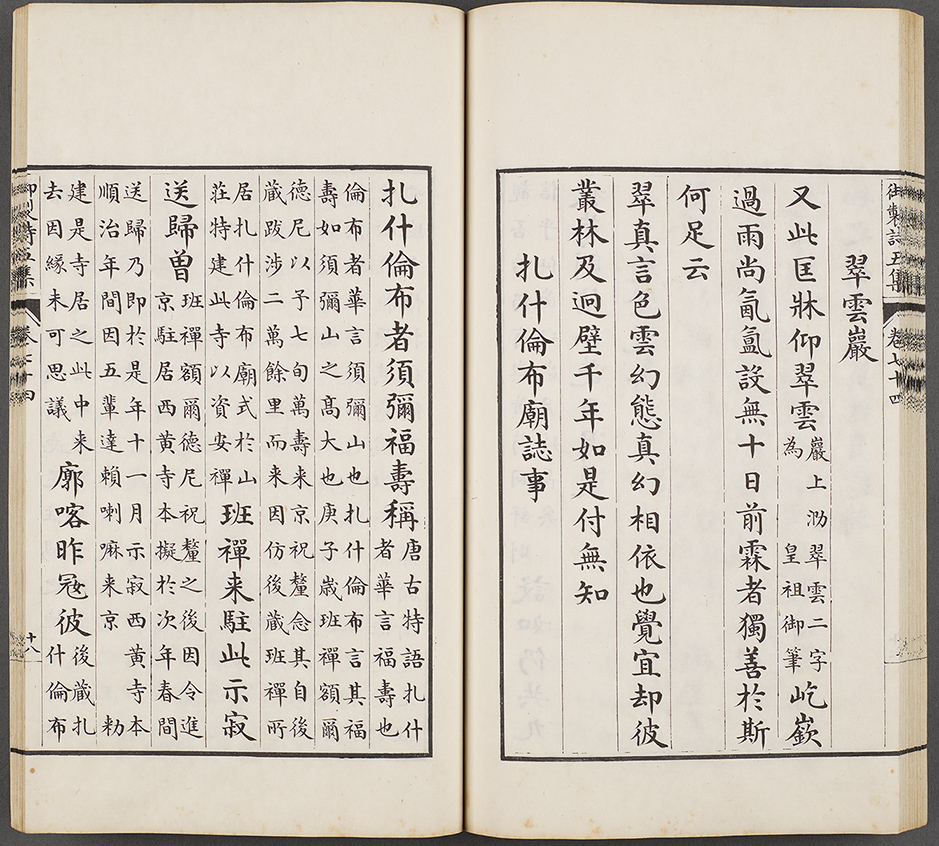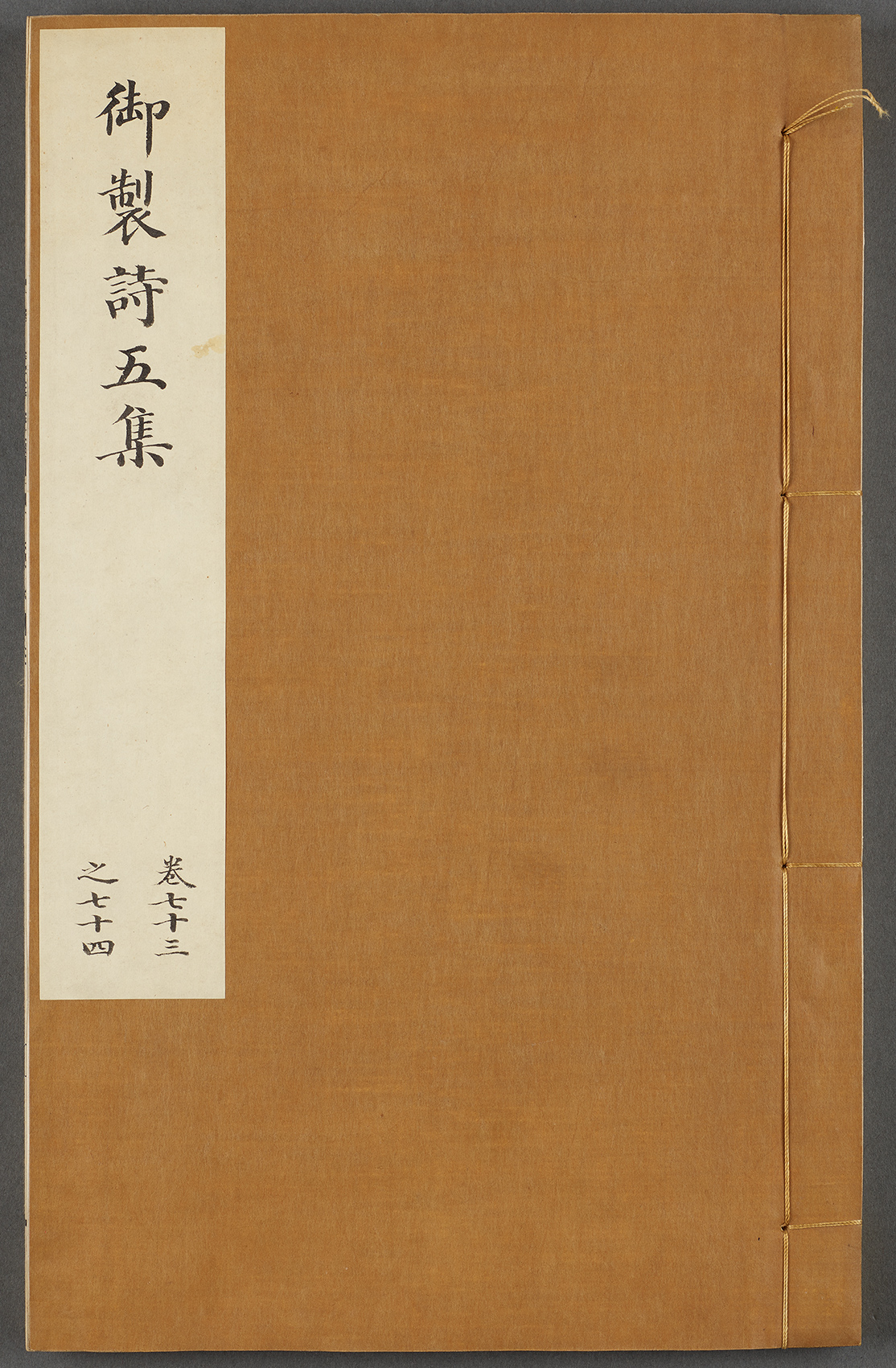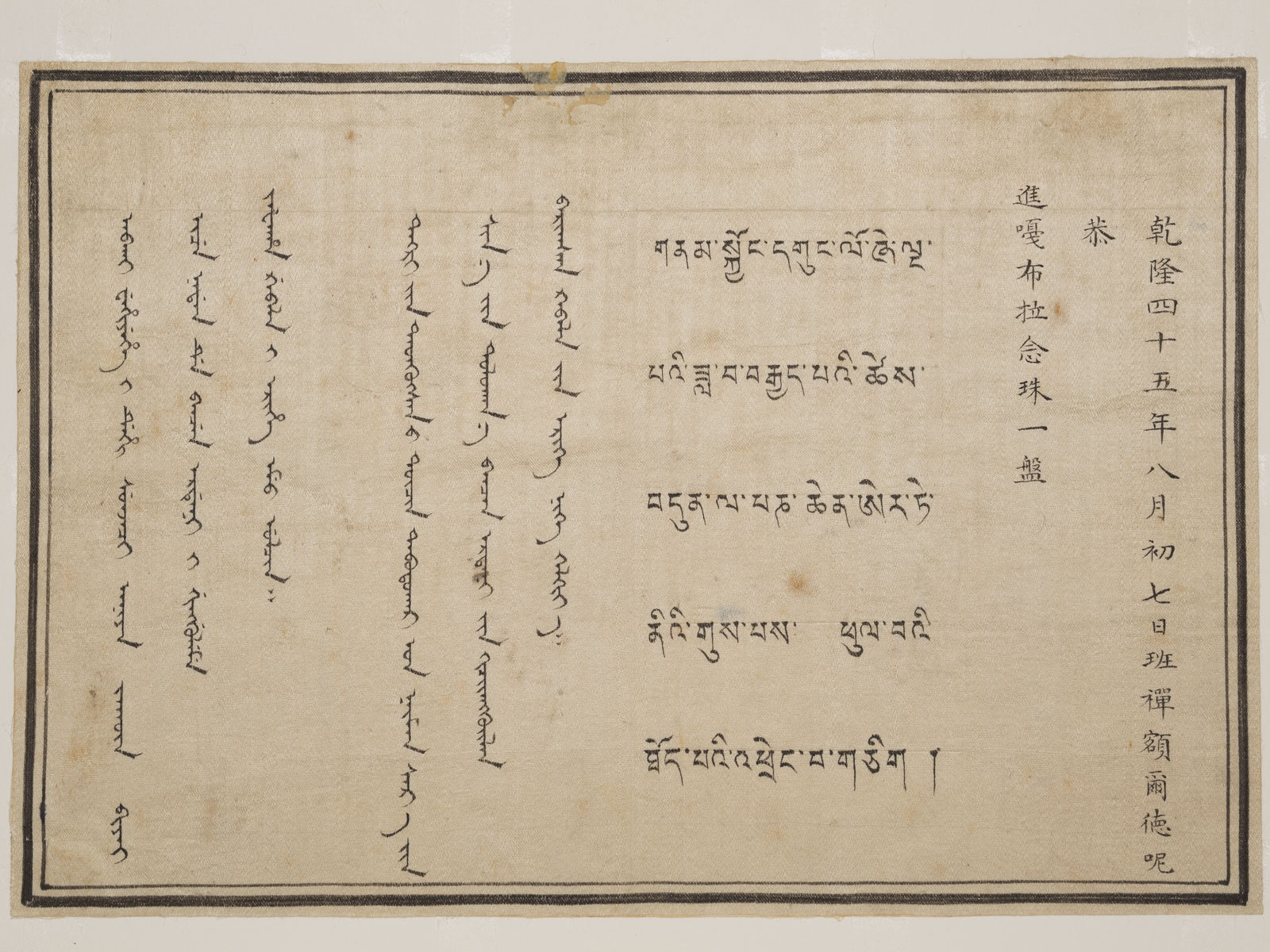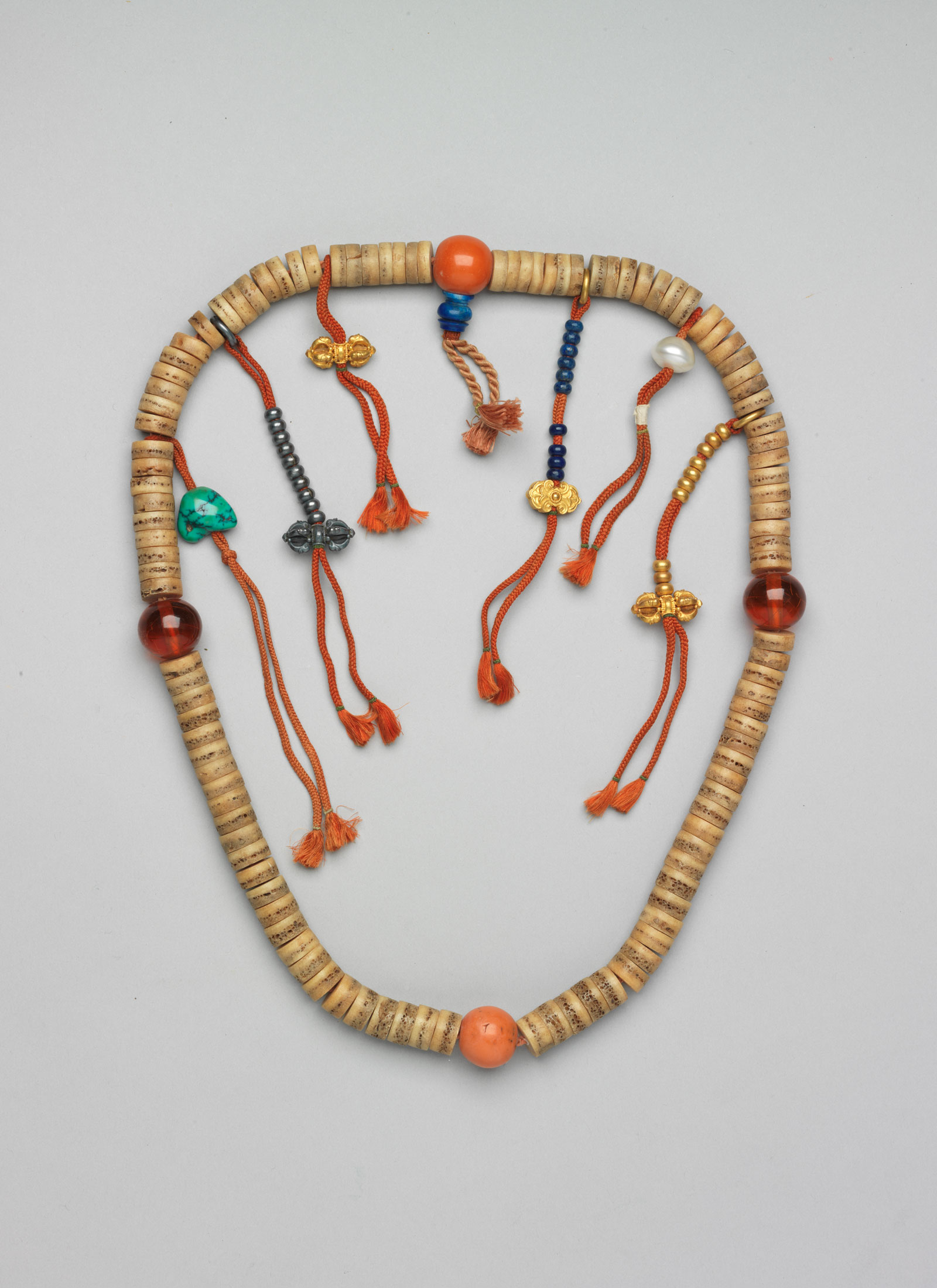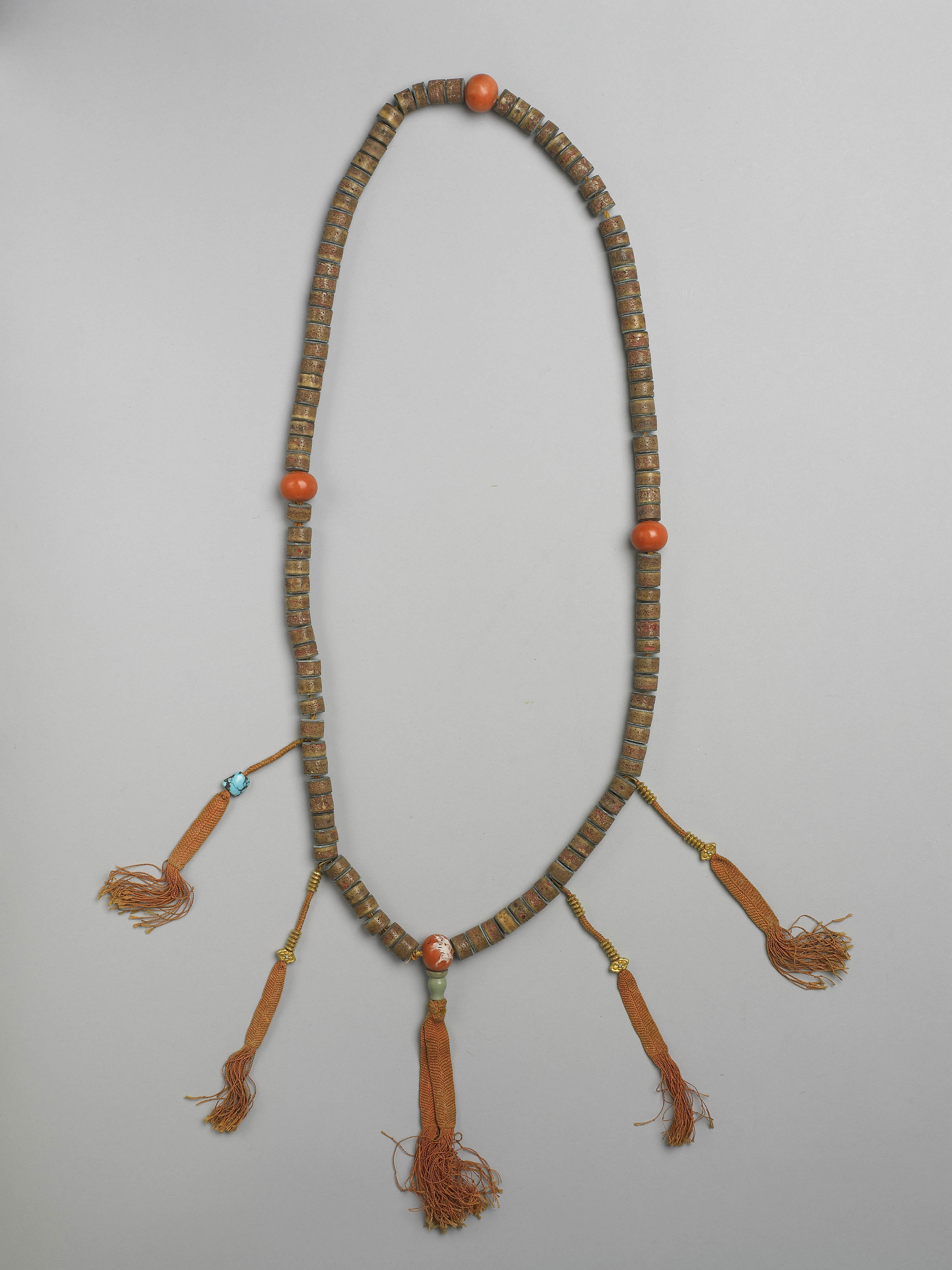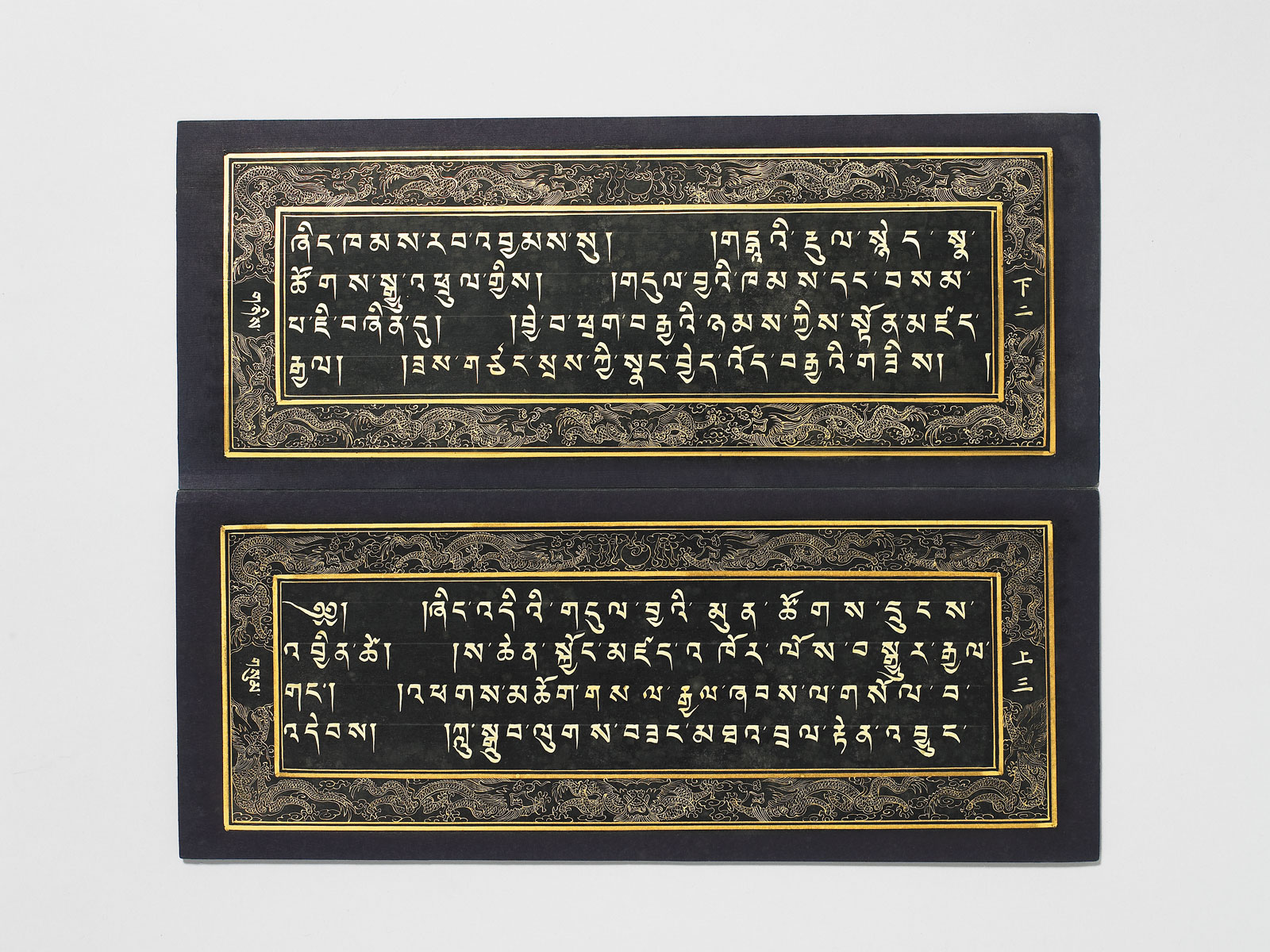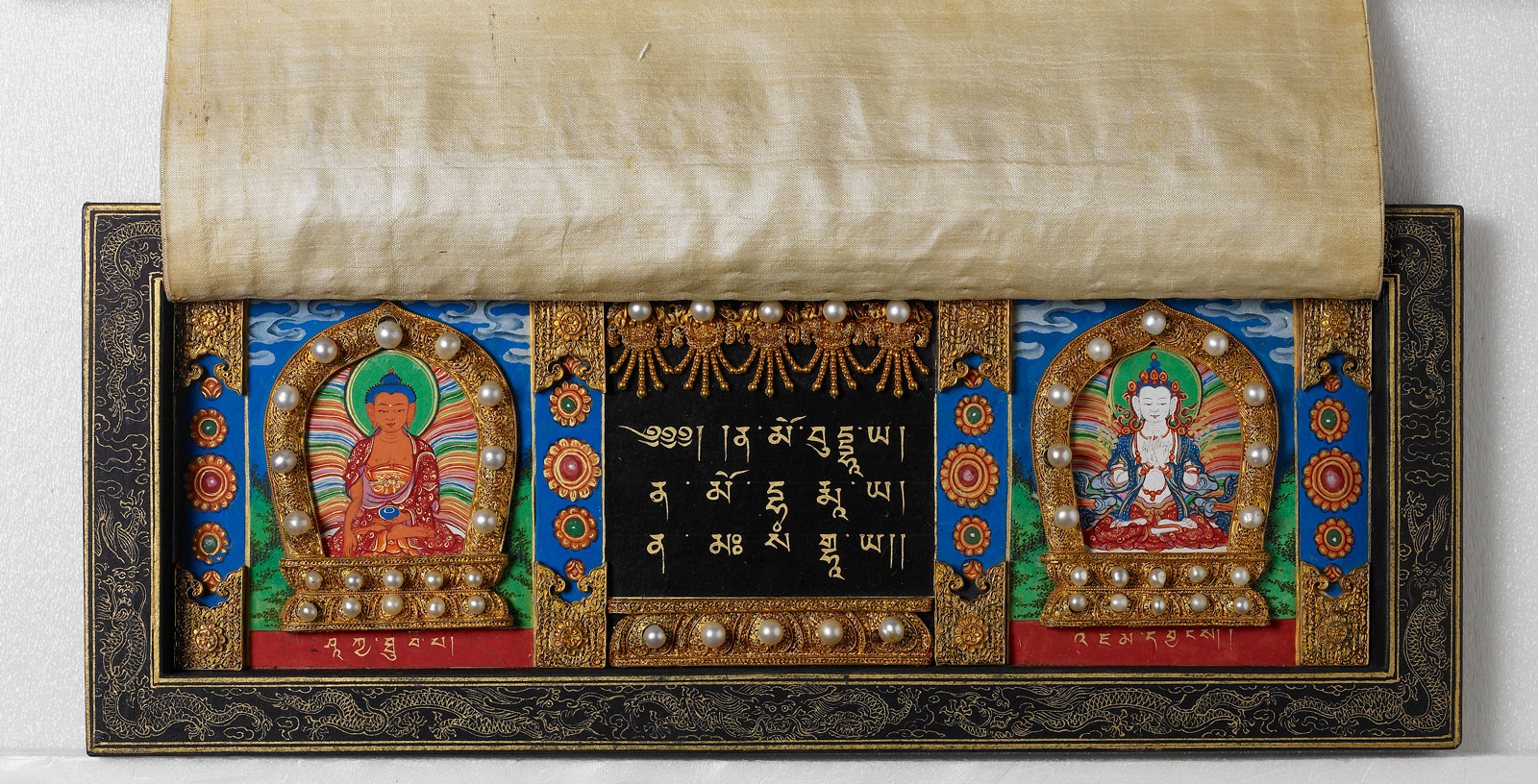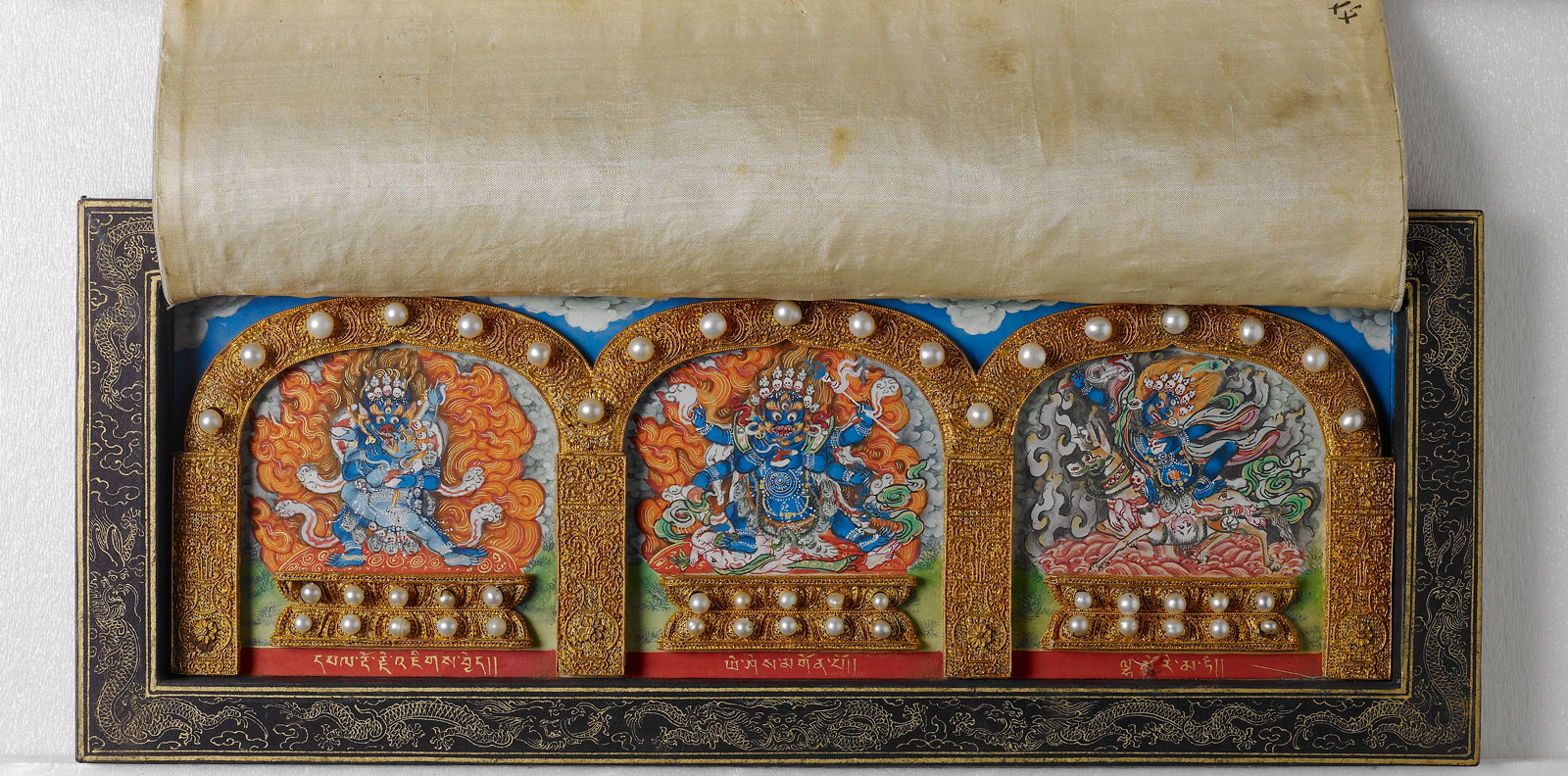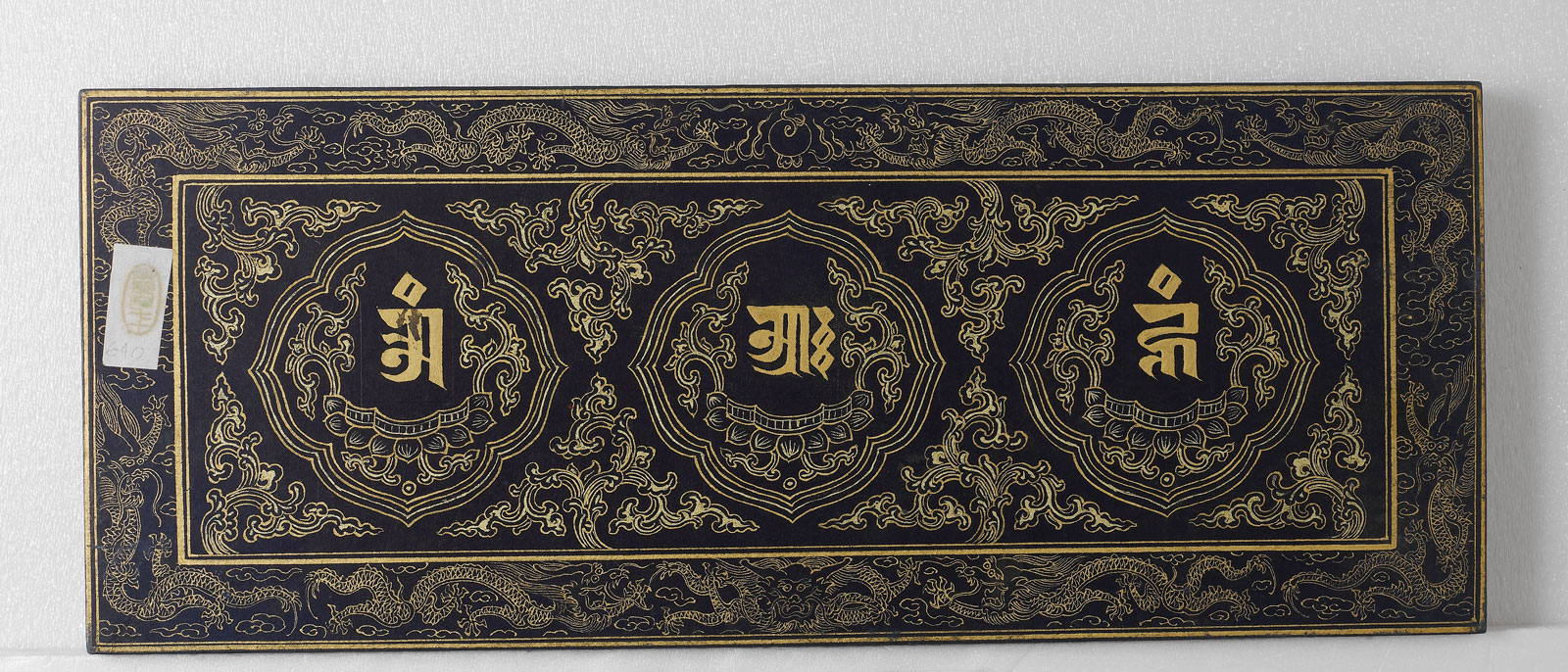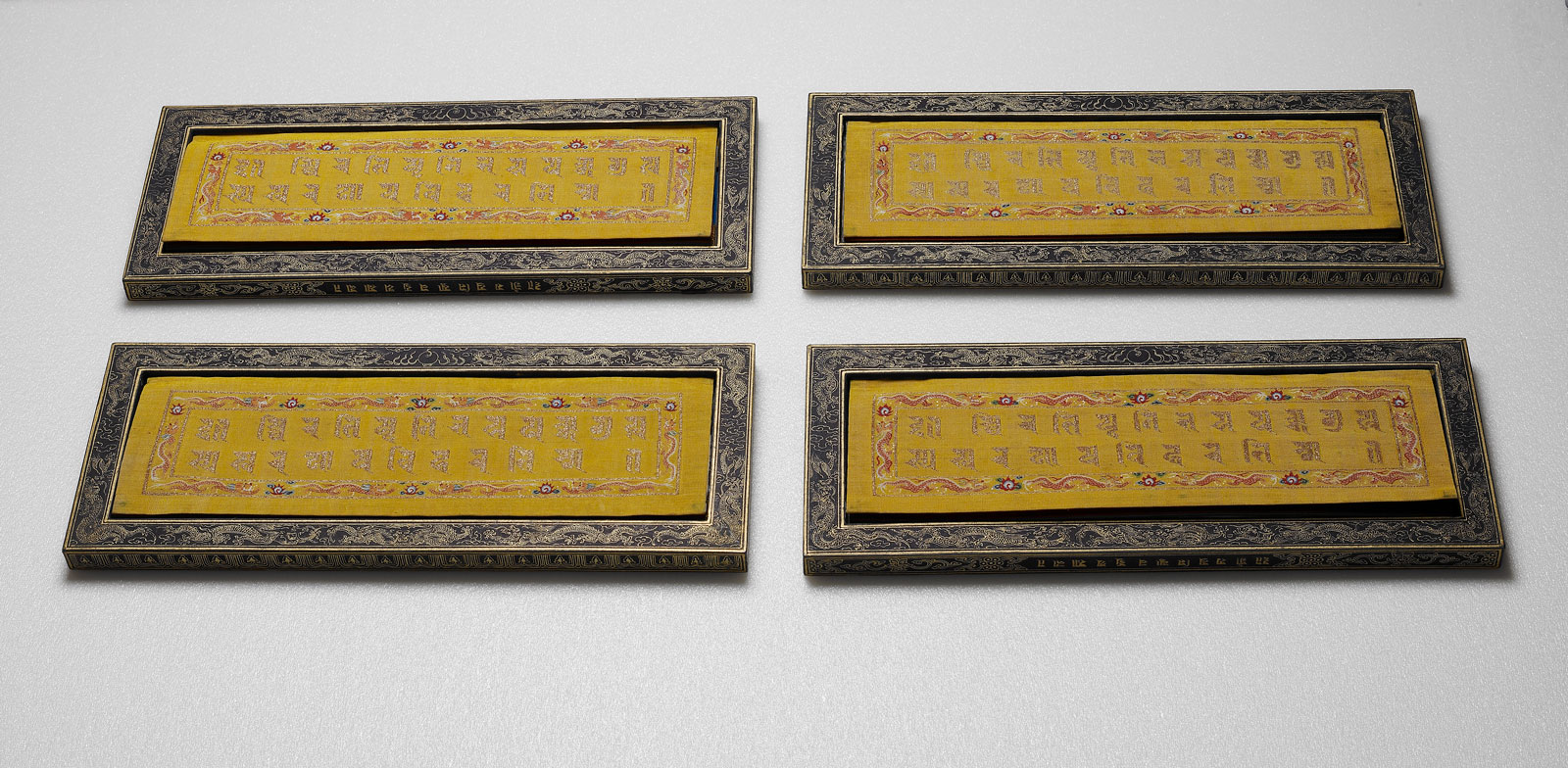The Dalai Lama and the Panchen Erdeni of Tibet
Two disciples of Tsongkhapa, Gedun Drupa (1391-1474) and Kedrup Je (1385–1438), were posthumously identified as the First Dalai Lama and the First Panchen Erdeni, respectively, which became the two foremost living Buddha lineages in the Gelug School. The title Dalai, the Mongolian word for "ocean," was bestowed upon the Third Dalai Lama (1543-1588) by the Mongolian ruler Altan Khan (1507-1582) of the Tumed. The Qing dynasty saw nine Dalai Lamas, from the Fifth to the Thirteenth. Panchen, on the other hand, is short for Pandita Chenpo, meaning "Great Pandita." The word Pandita is derived from the Sanskrit Paṇḍita, which means "Master of the Five Wisdoms."
The lineage of the Panchen Erdeni began with the Fourth Panchen Losang Chö kyi Gyaltsen (1570-1659), who received the title from Güshi Khan (1582-1654), leader of the Khoshut Mongols. The three immediate predecessors of Losang Chö kyi Gyaltsen were posthumously recognized as the First, Second, and Third Panchen Erdeni. The Qing dynasty saw six Panchens, from the Fourth to the Ninth. This section offers an iconographic introduction to the important reincarnated teachers of the Dalai and the Panchen lineages, and displays important artifacts connected with the visits to Beijing made by the Fifth Dalai Lama and the Sixth Panchen Lama to meet with Qing emperors. It also shows how the Qing court employed the "Golden Urn" system to select khubilghans and to what extent the practice impacted the living Buddha lineages of Tibetan Buddhism.
The Sixth Panchen Erdeni in Beijing
The Sixth Panchen's visit to Beijing at the invitation of the Qianlong emperor was an important historical event. He died in Beijing after contracting smallpox, but many precious artifacts have remained from the interaction between the religious leader and the emperor in their time together.
Proposed arrangements for the travel of Panchen Erdeni
- Submitted by the Administrative Office for Official Travel Assignments
- 10th month of the 45th year of the Qianlong reign (October to November, 1780), Qing dynasty
This document, submitted about a month before the passing of the Sixth Panchen (1738-1780), records the travel arrangements for the religious leader, who would be accompanied by one of Emperor Qianlong's sons (perhaps the Sixth Prince Yongrong) from Mount Wutai to Guihua (in today's Hohhot). Had the Sixth Panchen not died of illness, he would have gone after leaving Beijing on a pilgrimage to Mount Wutai and then to Mongolia to teach Buddhism before returning to Tibet.
Notes on the Events at the Tashi Lhunpo Monastery
- From fascicle 74 of Yuzhishi Wuji (Fourth Supplement to the Collection of Poetic Works by Emperor Gaozong)
- Emperor Qianlong (1711-1799), Qing dynasty
- Court manuscript in black-lined columns, Qing dynasty
According to the annotation by the Qianlong emperor, this poem was written between the time of the negotiations after the first Sino-Gurkha War (1788) and that of the breaking of the second Sino-Gurkha War (1791). In the poem, the emperor describes how the Sixth Panchen Erdeni went on a long journey from the Tashi Lhunpo Monastery to Beijing to celebrate the his birthday, and how he ordered a temple in the style of the Tashi Lhunpo Monastery to be built for the religious leader in Chengde. The emperor also explains that the Tibetan Tashi Lhunpo is Xumi Fushou (Happiness and Longevity in the World of Mount Meru) in Chinese, the name of the newly built Chengde monastery.
Bone prayer beads with text on brocaded silk
- Made in Tibet, 45th year of the Qianlong reign (1780), Qing dynasty
This string of prayer beads made from skull bones was one of the gifts presented by the Sixth Panchen to mark the emperor's 70th birthday in the 45th year of the Qianlong reign. On the 7th day of the 8th month of that year (Sept. 5, 1780), the Sixth Panchen presented this string of prayer beads in the Yiqingkuangdian Hall at the Summer Resort in Chengde. The string has 108 beads, which are separated into different sections with four big red coral beads. Attached to the main string are five smaller strings, three of which are decorated with golden beads and vajras while the other two have pearls and lapis lazuli ornaments.
Bone prayer beads with leather case
- Made in Tibet, 45th year of the Qianlong reign (1780), Qing dynasty
According to the inscription in the case, this string of prayer beads was presented by the Sixth Panchen Erdeni in the Ningshougong Palace where he was reciting sūtras on the 27th day of the 10th month of the 45th year of the Qianlong reign (November 23, 1780). The Sixth Panchen died in Beijing three days later.
Birthday prayer written in gold-inked Tibetan script
- Qing dynasty (1644-1912)
In the 45th year of the Qianlong reign, the Sixth Panchen was invited to attend the celebratory events of the emperor's 70th birthday. This birthday prayer (brdan-bzhugs), a reflection upon the emperor's eleven reincarnations in the past, was written on the 20th day of the 8th month of that year (September 18, 1780) at the the Xumi Fushou Temple in Jehol. The Sixth Panchen noted that it was what he felt inside when meeting with the Qianlong emperor.
